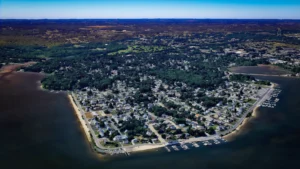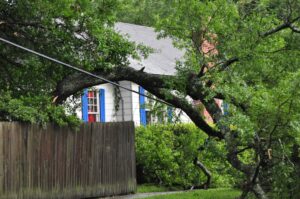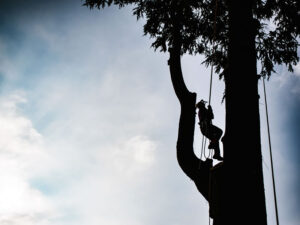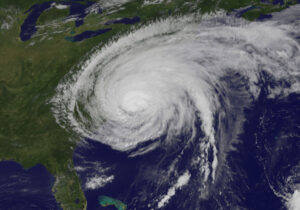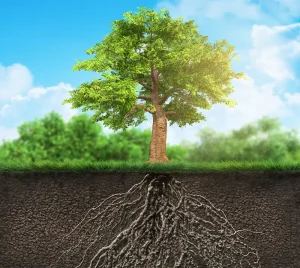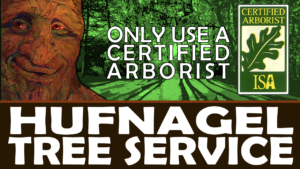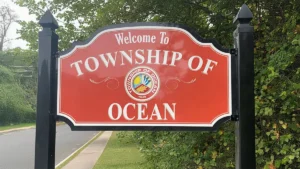In This Article ...
A Shoreline Community with a Storm-Hardened Spirit
Union Beach, NJ is a unique Monmouth County town, perched directly on the Raritan Bay. Our community is defined by waterfront living, but also by its vulnerability to storms. From the catastrophic flooding during Superstorm Sandy in 2012 to the more recent effects of Hurricane Erin in 2025, Union Beach residents know firsthand how quickly weather can reshape both homes and landscapes.
As certified arborists with over 25 years of local experience, we understand how these storms stress, weaken, and endanger trees. Our work has always been about helping homeowners prepare, protect, and restore their properties so they can continue enjoying the natural beauty of Union Beach without living in fear of the next storm.

Union Beach’s tree canopy has been through decades of punishing coastal weather. Sandy was the defining event, sending a 13-foot surge across the town that ripped homes from foundations and left hundreds of trees destroyed or fatally damaged. Even years later, we see trees that never fully recovered from the saltwater intrusion, root upheaval, or storm stress. Fast forward to August 2025, when Hurricane Erin’s offshore track spared Union Beach from catastrophic damage but still delivered flooding, erosion, and high winds. Those kinds of conditions may not topple every tree, but they can quietly weaken roots, split trunks, and create hazards that show themselves months later.
We often remind homeowners that weather scars in trees are not always obvious. A tree can look healthy but carry internal decay, hollow cavities, or stressed root systems. These hidden weaknesses become dangerous when the next Nor’easter or hurricane pushes across the bay. That’s why storm history matters so much in Union Beach. The past has already stressed the canopy, and each new storm season adds another layer of risk.
When we inspect trees in this community, we bring a long memory of how the land was reshaped after Sandy and how storms like Erin add subtle but important stress. Our storm assessments focus on structural stability, root health, and canopy weight—three key areas where storm damage tends to accumulate.
- Superstorm Sandy left long-term salt and soil damage that still affects tree health today.
- Hurricane Erin reminded us that even an offshore storm can weaken coastal trees.
- Internal decay and root damage are often invisible until failure occurs.
- Union Beach homeowners benefit from proactive inspections before hurricane season.
When the next section dives into storm preparation, you’ll see why taking preventive action now can make all the difference.
Preparing Trees for the Next Storm Season
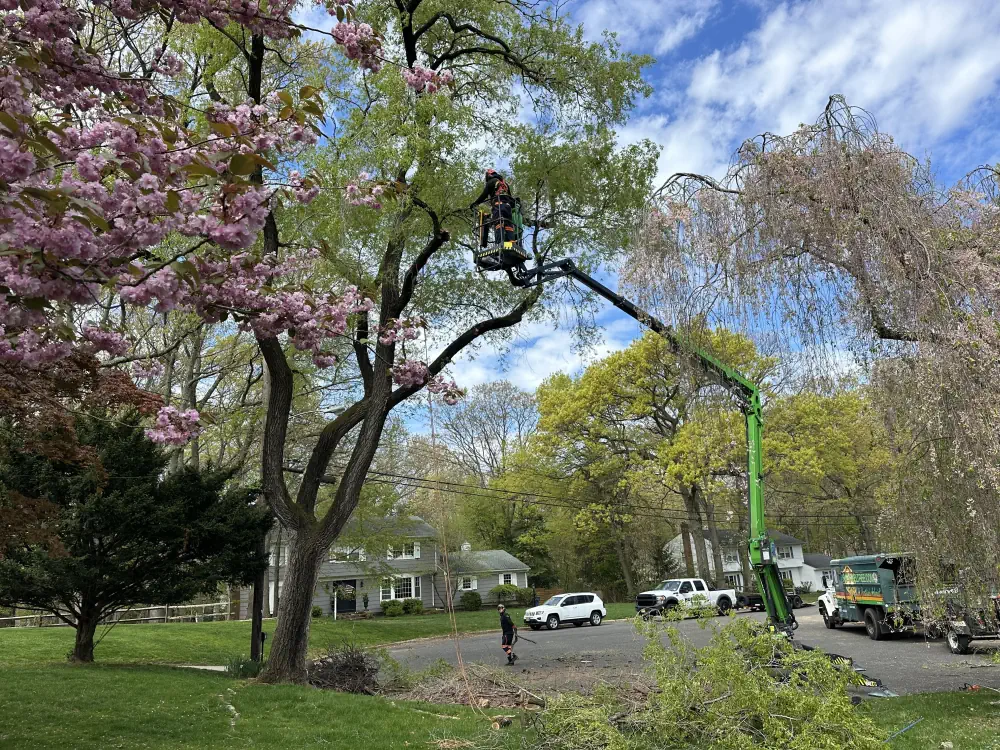
Storm prep is more than boarding windows and checking sump pumps. In Union Beach, it starts with the trees. As arborists, we look for overextended branches, dense canopies, and weak root systems that act like sails in high winds. By thinning, pruning, and selectively reducing weight, we allow storms to pass through without tearing the tree apart. This practice not only prevents property damage but often saves the tree itself.
One important lesson from Sandy is that large, mature trees with shallow roots can fail catastrophically in storm surge or saturated ground. Even if the house was rebuilt stronger, that same tree in the yard may not be safe today. Preparing means asking hard questions: Should this tree stay? Or does removal make sense to protect the home? These are not guesses, they are assessments we make with decades of storm response experience.
Another aspect of preparation involves elevation. Many homes in Union Beach were rebuilt on pilings, but trees remained at ground level, exposed to flooding and erosion. We account for soil conditions, water exposure, and the effect of bay winds when shaping trees. A well-prepared tree is not only safer but also healthier, because it grows with less stress and more stability.
- Pruning reduces wind resistance and prevents branch failures.
- Cabling can reinforce vulnerable limbs or trunks.
- Strategic removals eliminate high-risk trees before they fall.
- Soil management helps roots recover from salt and flooding.
These steps keep properties safer, but they also preserve the character of Union Beach by allowing homeowners to keep as many healthy, storm-ready trees as possible. Next, let’s look at how restoration brings damaged trees back to life after storms.
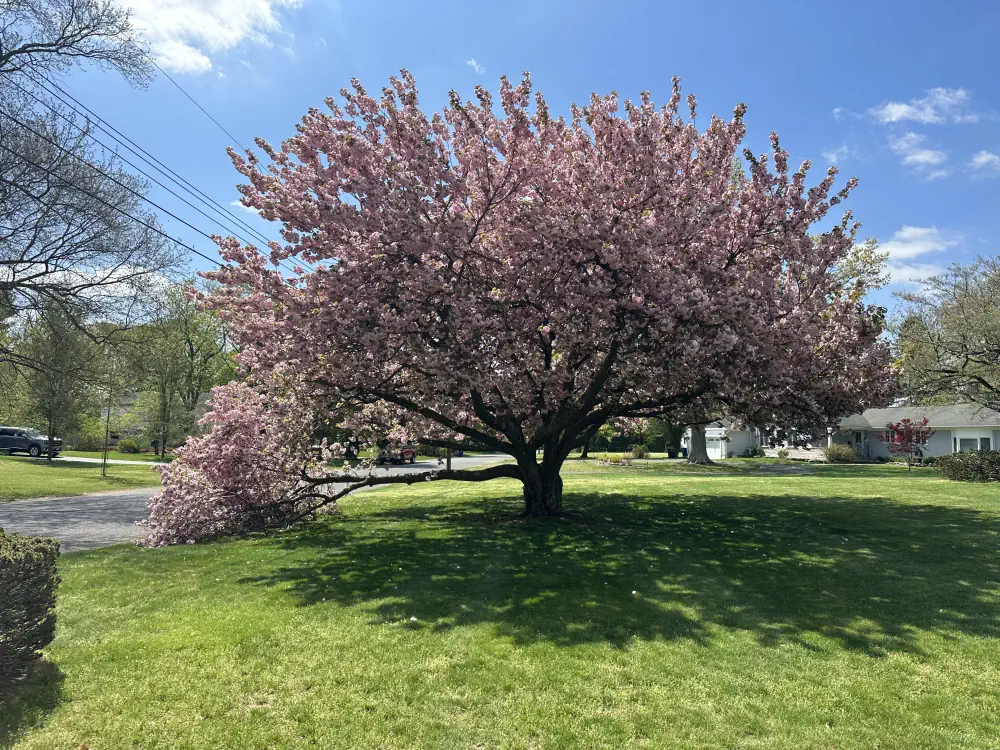
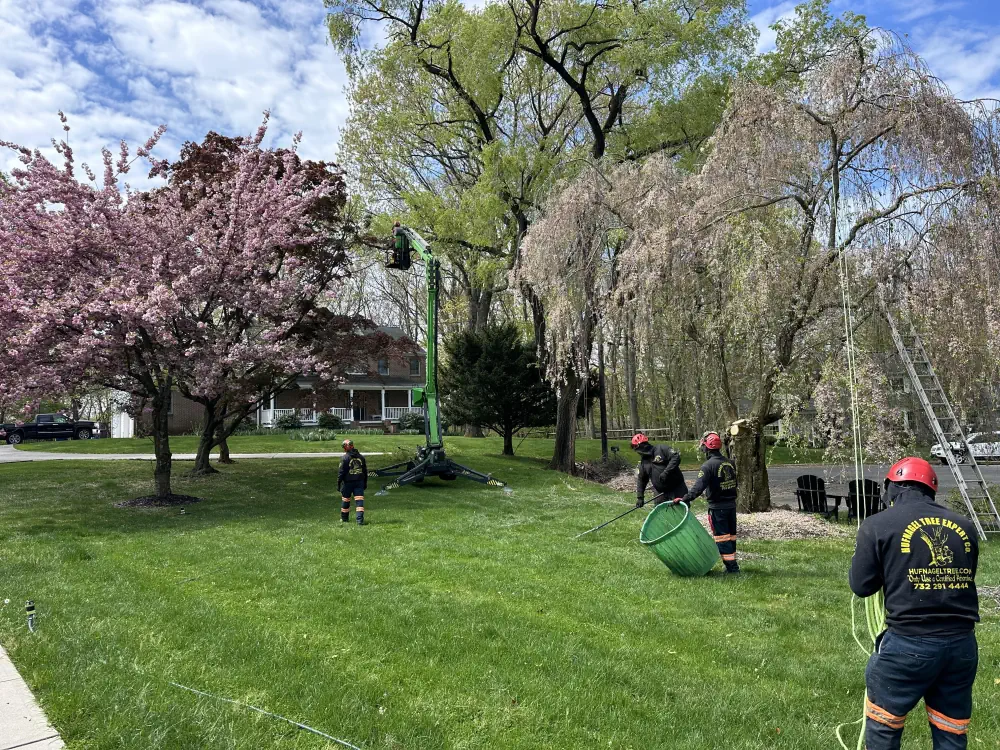

Shaping Tree Canopies to Handle Harsh Weather
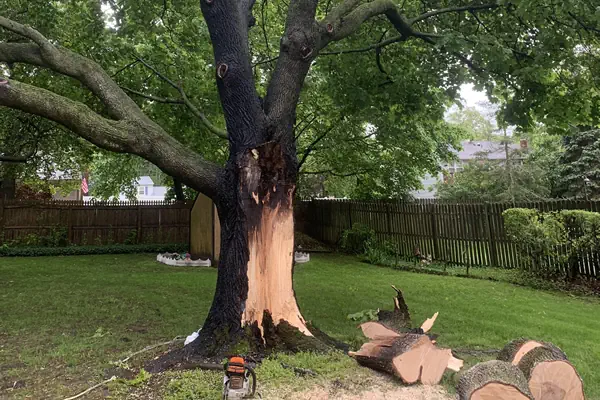
After storms, we are often called to evaluate whether a tree can be saved. Many Union Beach residents remember the gut-wrenching losses from Sandy, when not just homes but shade trees, privacy hedges, and neighborhood landscapes were swept away. Restoration became part of the healing process, with new plantings and careful recovery pruning.
When Hurricane Erin came near the coast, the damage was far less catastrophic but still enough to scar trees along the bayfront and low-lying streets. Saltwater exposure, defoliation from high winds, and broken branches all weaken a tree’s vitality. Our restoration approach includes targeted pruning to encourage healthy regrowth, soil treatments to flush out salt, and structural supports for partially damaged trees.
Sometimes, restoration also means replanting. We’ve advised Union Beach homeowners to consider native, storm-resilient species that tolerate salt and wind better than imported ornamentals. Species like red cedar, bayberry, and black locust often recover where others fail. Restoration is about resilience, not just replacement.
- Careful pruning restores balance after wind damage.
- Soil amendments reduce salt stress and improve root health.
- Native species withstand shore conditions better long-term.
- Structural supports help partially damaged trees recover safely.
Tree restoration keeps Union Beach properties beautiful while also respecting the lessons storms have taught us. Yet even healthy-looking trees can pose risks, which is why tree risk evaluation remains essential.
Risk Evaluation: Knowing Which Trees to Trust
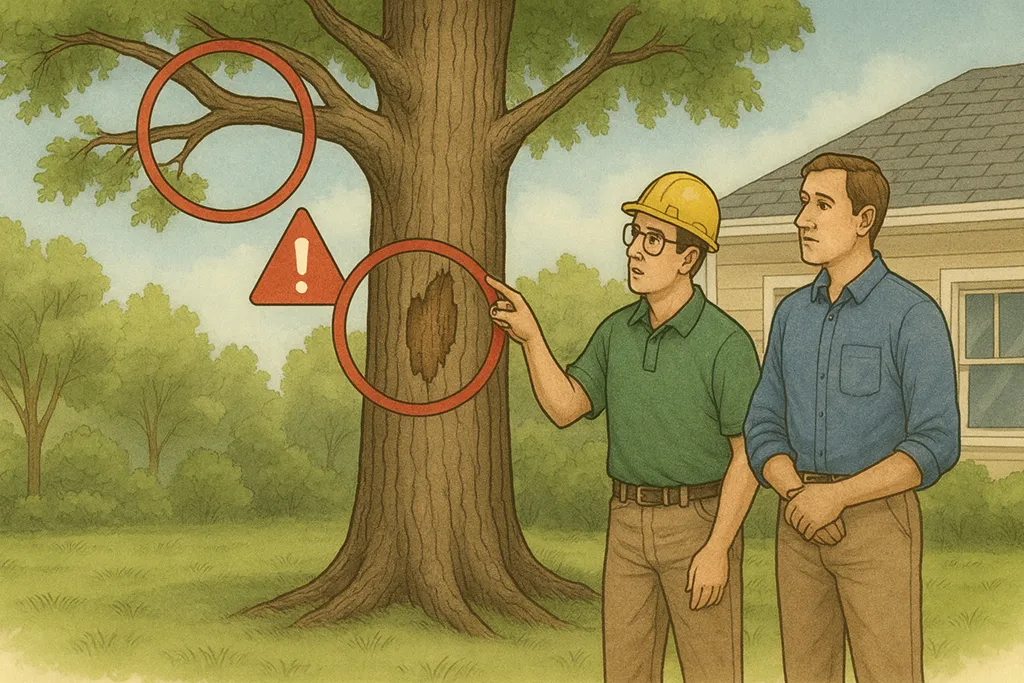
Union Beach is a town with a storm memory. Homeowners here are cautious, and rightly so. Even if a tree survived Sandy, years of salt exposure and storm stress may have left it unstable. Risk evaluation is the process of identifying which trees are safe and which are liabilities.
Our evaluations look at lean angle, trunk stability, branch weight, and root depth. We use climbing inspections, resistograph testing, and visual cues to spot decay and hidden cracks. Often, what looks like a sturdy tree is quietly rotting inside. The risk is not just the tree falling on a home, but branches breaking in high winds and damaging roofs, siding, or power lines.
One example we often share comes from streets near Florence Avenue, where mature maples planted decades ago still line properties. Some have survived multiple storms, but others carry storm scars that make them dangerous. By evaluating these trees carefully, we’ve helped homeowners decide whether to prune, cable, or remove.
- Risk evaluation prevents property loss during storms.
- Decay and cracks can be hidden until expert inspection.
- Mapping storm-scarred trees ensures long-term safety.
- Proactive decisions reduce last-minute emergency removals.
Once risks are understood, homeowners can act confidently. Some trees can be preserved, others must be removed, and all benefit from expert planning. That leads us to the final service Union Beach relies on most: safe tree removal.
Safe Tree Removal in a Coastal Community
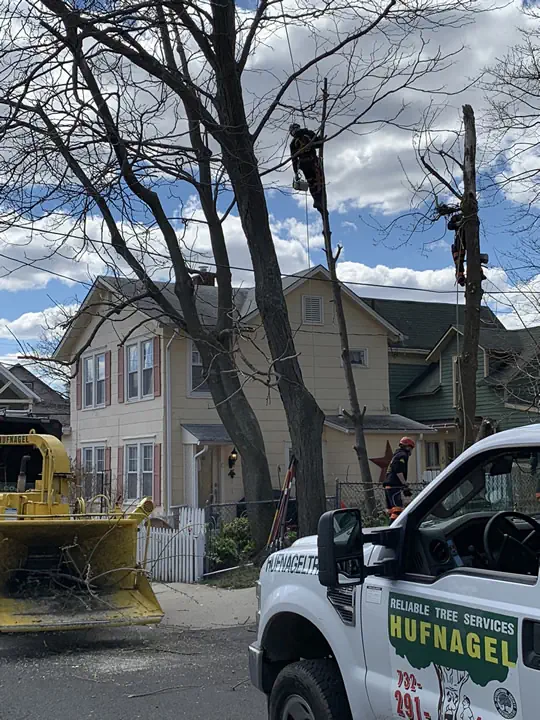
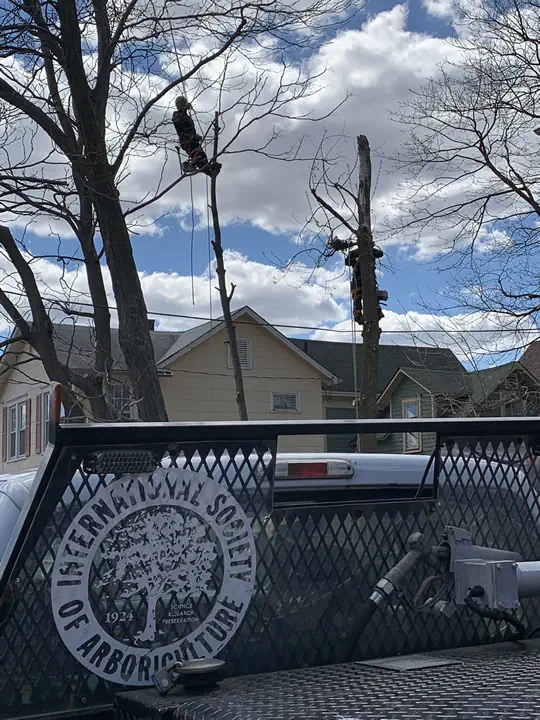
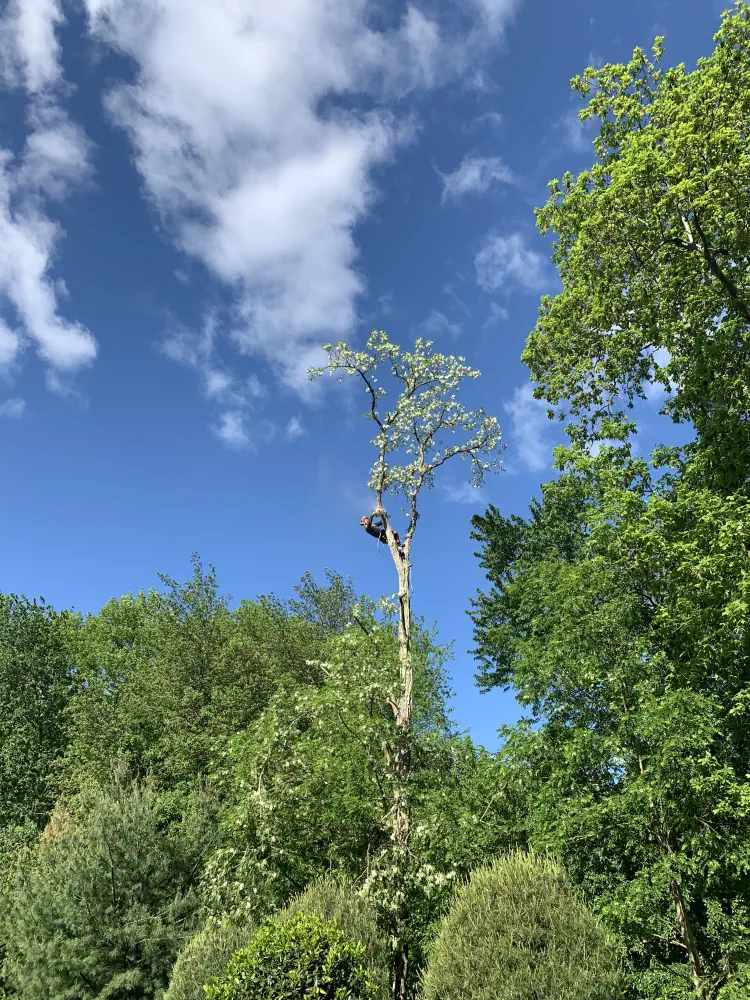
When a tree poses too much risk, removal becomes the responsible choice. In Union Beach, this is especially true near rebuilt homes elevated on pilings, where a falling tree could compromise expensive storm-resistant construction. Safe removal requires specialized equipment and careful planning, especially when working in small lots or near power lines.
During Sandy, hundreds of trees in Union Beach were uprooted or destroyed, often landing across multiple properties. In those days, emergency removals were fast and messy. Today, we work with precision. Cranes, bucket trucks, and rigging allow us to dismantle trees safely, even over roofs and driveways. The goal is always safety first, but also respect for the property and community.
We also advise Union Beach homeowners on replacement options after removal. Losing a tree is hard, especially in a neighborhood still rebuilding its character. Choosing a resilient species for replanting ensures the landscape remains strong while reducing future risks.
- Safe removal protects homes, cars, and power lines.
- Cranes and rigging allow controlled work in tight spaces.
- Replanting with resilient species restores property value.
- Storm-damaged trees are best handled before they fail.
Tree removal is never the first option, but when it is necessary, doing it right preserves the safety and resilience of the neighborhood.
Hufnagel Tree Service: Protecting Union Beach's Trees Before The Next Storm
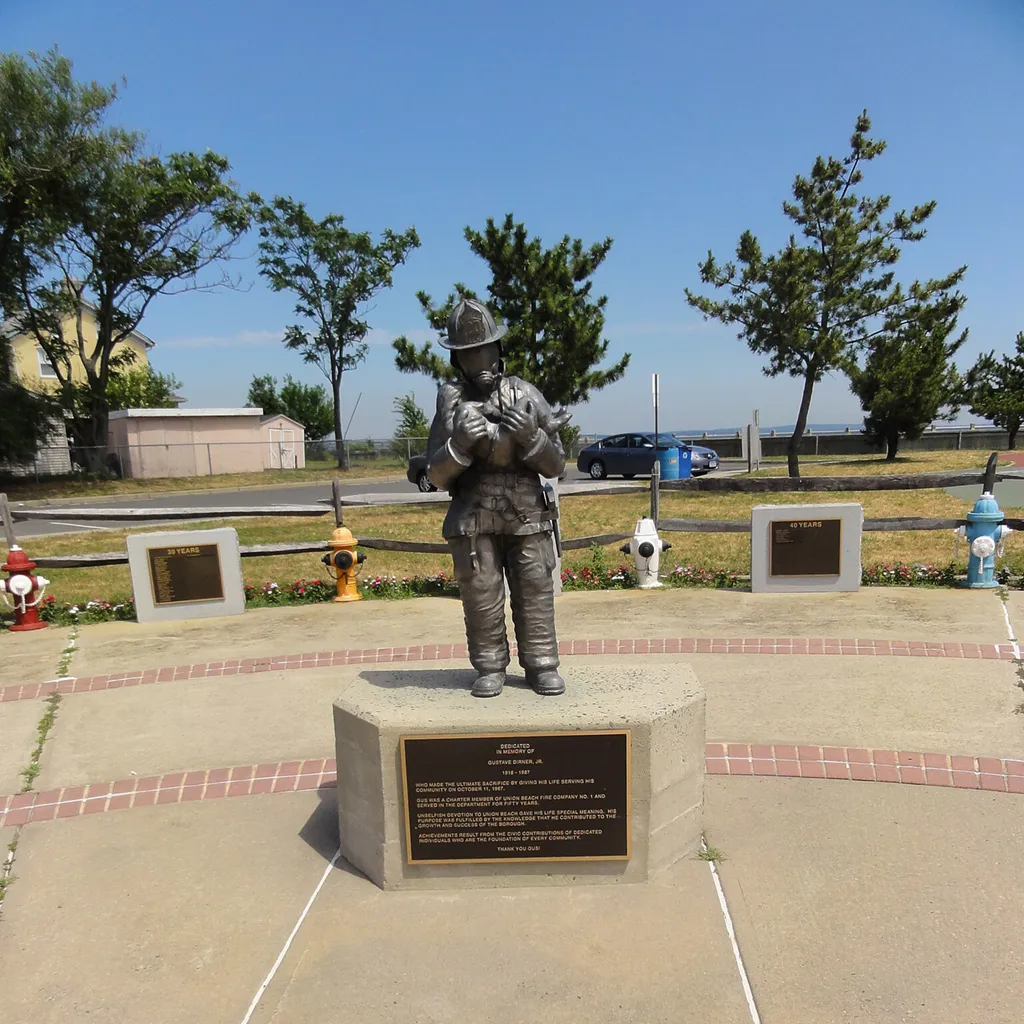
Union Beach is more than just a bayfront town—it’s a community defined by resilience. From the devastation of Sandy to the near-miss of Hurricane Erin, homeowners here understand how storms test both houses and landscapes. As certified arborists with over 25 years of Monmouth County experience, we’ve helped Union Beach prepare, recover, and rebuild its tree canopy.
If you live in Union Beach and want peace of mind before the next storm season, call Hufnagel Tree Service at 732-291-4444. We’ll inspect, prepare, and protect your trees so you can focus on enjoying your home and your community without fear of the next storm.
Meet Your Local Friendly Certified Arborist: Michael Hufnagel, Owner of Hufnagel Tree Service
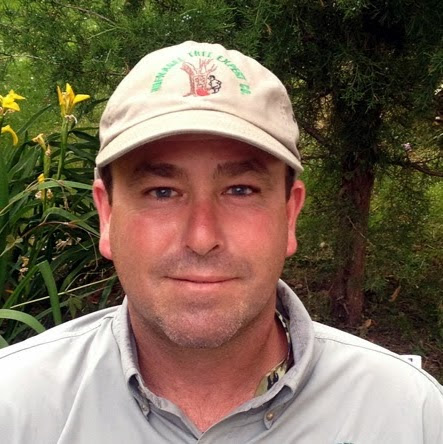

If you’re ready to enhance the health, safety, and appearance of your trees, we’re here to help. We handle everything from ornamental shaping to storm risk mitigation, ensuring your property stays beautiful and secure in every season.
Schedule Service
From precision pruning and safe removals to health assessments and preventative care, Hufnagel Tree Service delivers expert solutions backed by decades of experience. We offer certified insight, fair pricing, and a commitment to doing what’s best for your landscape.
Take Advantage of These Special Offers:
10% OFF
Tree Service Over $100
15% OFF
Tree Service Over $250
20% OFF
Tree Service Over $500
Learn More About Our Services
Related Articles
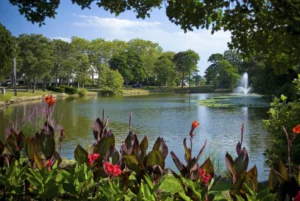
Tree Trimming & Restoration in Spring Lake
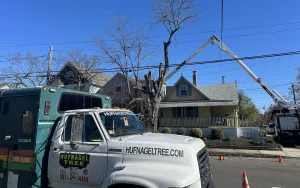
#1 Rated Tree Service in Middletown: Your Hometown Experts
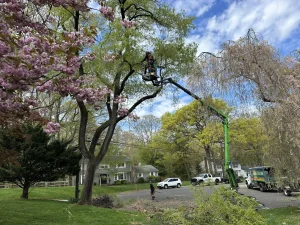
Leonardo NJ Tree Trimming & Pruning Experts
